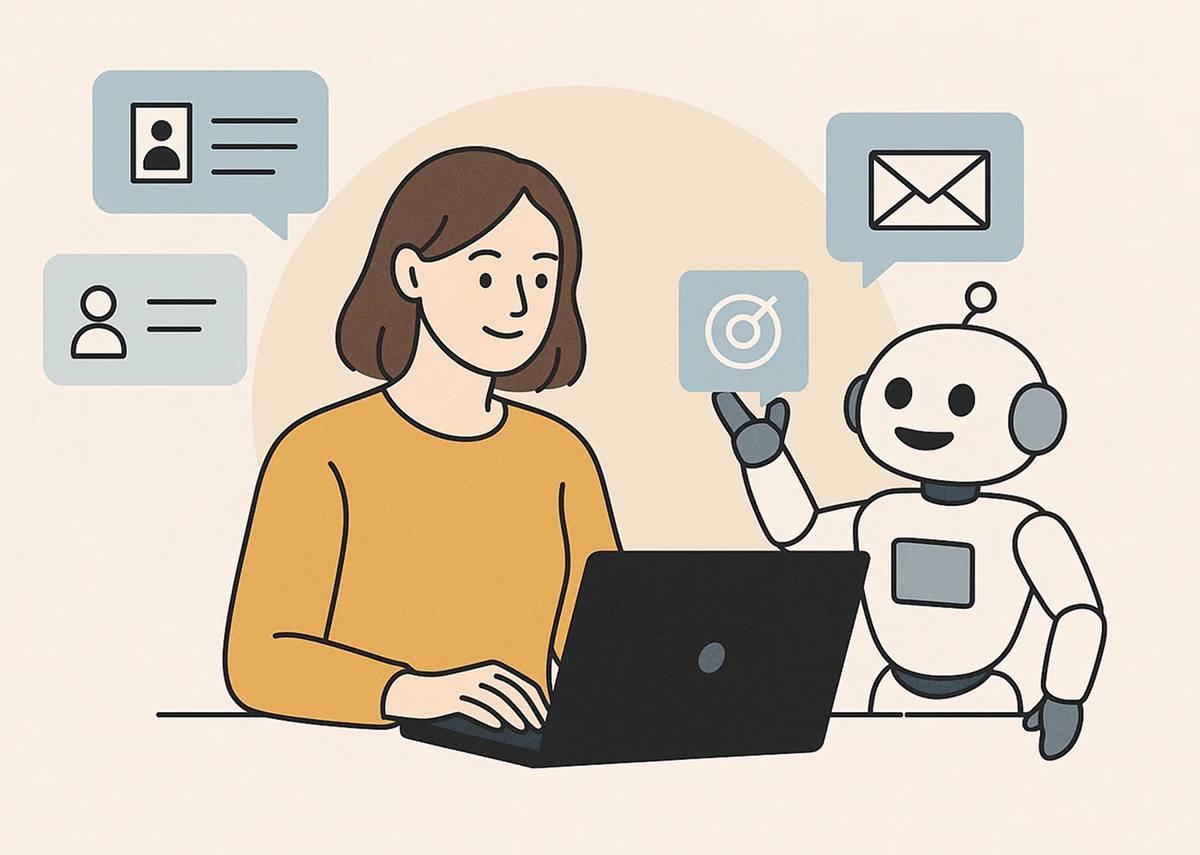In the rush to automate outbound and scale revenue, sales teams are suddenly flooded with a new wave of titles:
- AI BDR
- AI SDR
- AI Sales Agent
They sound similar — and in some cases, they’re used interchangeably.
But if you’re building a modern GTM motion, it’s crucial to know how they differ, what they actually do, and which one drives the highest ROI.
In this blog, we’ll break down:
- What an AI BDR is (and isn’t)
- What an AI SDR does differently
- Why AI Sales Agents are the future
- A full feature comparison
- Why Remo is built as an autonomous AI Sales Agent — not a glorified assistant
First, a Quick History Lesson on Sales Roles
Let’s start with the traditional roles:
What Is a BDR (Business Development Representative)?
- Focus: Top-of-funnel lead generation
- Tasks: Prospecting, cold outreach, qualifying inbound leads
- Goal: Book discovery calls for AEs (Account Executives)
What Is an SDR (Sales Development Representative)?
- Focus: Outbound engagement and qualification
- Tasks: Cold emailing, cold calling, LinkedIn outreach
- Goal: Convert cold leads into qualified opportunities
Often, the terms BDR and SDR are used interchangeably depending on the company’s structure.
But when you throw AI into the mix — things start to get fuzzy.
What Is an AI BDR?
An AI BDR is a software system (usually powered by GPT or similar LLMs) that helps automate the top-of-funnel prospecting activities of a BDR.
Core Capabilities:
- Scraping lead lists based on ICP criteria
- Enriching contact data
- Sending cold email sequences
- Handling basic replies
Common Use Cases:
- Contact discovery
- ICP segmentation
- Cold outbound execution
Limitations:
- Often limited to one channel (usually email)
- Lacks advanced personalization
- Cannot make judgment calls
- Needs manual monitoring
Verdict:
AI BDR = Lead generator + email automation.
It’s helpful, but reactive. It doesn’t drive strategy.
What Is an AI SDR?
An AI SDR expands slightly on what an AI BDR does. It goes beyond basic outbound to include more advanced qualification and response handling.
Core Capabilities:
- Email and LinkedIn outreach
- Objection handling
- Reply classification
- Meeting booking
Use Cases:
- Sequence management
- Qualification via rules
- Basic reply engagement
Limitations:
- Usually still relies on scripted logic
- Not fully autonomous — often requires prompt-based triggers
- Cannot adapt across changing campaigns
Verdict:
AI SDR = Slightly smarter outbound assistant.
It helps scale outreach, but doesn’t think like a rep.
What Is an AI Sales Agent?
An AI Sales Agent is a fundamentally different concept.
It’s not an assistant or tool — it’s an autonomous digital worker trained to operate like a full-fledged SDR:
- It drives pipeline.
- It adapts in real-time.
- It books meetings.
Core Capabilities:
✅ Lead sourcing (via integration or inbuilt search) ✅ Qualification (firmographic + intent + enrichment) ✅ Hyper-personalized messaging ✅ Multichannel outreach (email, LinkedIn, WhatsApp, more) ✅ Instant reply handling (positive, neutral, objections, referrals) ✅ Multi-language conversations ✅ Smart follow-ups based on buyer signals ✅ Real-time analytics ✅ Meeting booking + reminders
What Sets It Apart?
- No need for manual prompts or supervision
- Adapts to tone, context, persona
- Replies in seconds, 24/7
- Doesn’t burn out or miss follow-ups
Verdict:
AI Sales Agent = Your most reliable, scalable, full-stack SDR.
It’s not just helping a rep. It is the rep.
Why We Built Remo as an AI Sales Agent (Not an AI SDR)
We’ve used AI BDR tools. We’ve experimented with AI SDR assistants.
But none of them could:
- Personalize deeply enough
- Handle complex objections
- Operate across time zones
- Book qualified calls on autopilot
That’s why we built Remo.
Remo is not just a tool.
It’s a dedicated, autonomous AI Sales Agent that:
- Understands your ICP and offer
- Crafts 1:1 personalized messages using real-time data
- Reaches out via multiple channels
- Learns from every response
- Qualifies leads in real-time
- Books meetings with zero human input
And it does this 24/7, across markets, languages, and industries.
How Remo Works (Step-by-Step)
- Lead Discovery
Remo scans your CRM or data sources (like Apollo or Clearbit) to identify ICP matches. - Deep Enrichment
It pulls:
- LinkedIn bios
- Tech stack
- Recent press
- Company hiring trends
- Message Creation
Based on the data, it writes:
- Subject line
- Opening hook
- Core pitch
- Call to action
All personalized. All human-sounding.
- Multichannel Outreach
Remo sends messages on:
- Email
- LinkedIn InMail
- Connection requests
- Replies
- Reply Handling
Remo reads every reply and responds contextually:
- Handles objections
- Asks follow-ups
- Shares case studies
- Resurfaces interest over time
- Meeting Booking
Qualified leads are offered calendar links. Remo books calls and sends reminders. - CRM Sync
Every touchpoint is tracked. CRM is updated in real time.
Final Thoughts: Don’t Settle for Assistants
If you’re building a modern GTM engine, here’s the truth:
- AI BDRs help you scale lists.
- AI SDRs help you scale sequences.
- But only AI Sales Agents help you scale outcomes.
At Inagent, we didn’t build Remo to be an assistant. We built it to be a rep who never sleeps, never forgets, and always follows up.
If you’re serious about outbound, it’s time to stop hiring bots — and start deploying agents.
👉 Want to see Remo in action? Book a live walkthrough and explore what a real AI Sales Agent can do.
